Cucumbers are currently the popular addition to many home gardens, offering crispness and hydration to salads, sandwiches, and snacks. And to add to that cucumbers have many health benefits.
However, even the most seasoned gardeners encounter challenges when it comes to growing these refreshing vegetables.
In this article, we’ll explore common cucumber plant growing problems and provide practical solutions to help you cultivate a thriving cucumber garden.
1. Yellowing Leaves
One of the most prevalent issues faced by cucumber growers is yellowing leaves.

Causes of yellowing Leaves
Yellowing leaves on cucumber plants can be caused by various factors, and identifying the specific cause is crucial for effective remediation.
Here are several common causes of yellowing leaves in cucumber plants:
Nutrient Deficiency:
- Issue: Lack of essential nutrients, particularly nitrogen, can result in yellowing leaves. Nitrogen deficiency often starts with older leaves turning yellow.
- Solution: Apply a balanced fertilizer with adequate nitrogen, phosphorus, and potassium. Regularly monitor and adjust nutrient levels based on plant needs.
Overwatering:
- Issue: Excessive moisture in the soil can lead to root rot and deprive the plant of oxygen, causing leaves to yellow.
- Solution: Ensure proper drainage, water cucumbers consistently but avoid waterlogged conditions. Allow the topsoil to dry slightly between watering sessions.
Under watering:
- Issue: Insufficient water can also cause yellowing leaves, especially during hot and dry periods.
- Solution: Maintain a regular watering schedule, ensuring that the soil remains consistently moist. Mulching can help retain soil moisture.
Regularly monitoring your cucumber plants and addressing issues promptly will help maintain healthy foliage and promote robust growth. Combining proper care with timely interventions will ensure a bountiful cucumber harvest.
You can check out our linked article on; Why Cucumber Plant Leaves and Fruits turning Yellow? Causes, Prevention and Fixes
2. Pest Infestations
Pest infections in cucumber plants can be caused by various factors, and understanding these root causes is essential for effective pest management.

Here are common contributors to pest infestations in cucumber plants:
Lack of Diversity in the Garden:
- Issue: Monoculture or planting a single type of crop in an area can attract specific pests that target that plant.
- Solution: Practice crop rotation and inter planting to disrupt pest cycles. Diversify your garden with a variety of crops to create a less favourable environment for specific pests.
Poor Soil Health:
- Issue: Weak or stressed plants due to poor soil conditions are more susceptible to pest attacks.
- Solution: Improve soil fertility and structure through organic amendments. Healthy plants are better equipped to resist and recover from pest damage.
Over-Fertilization
- Issue: Excessive use of nitrogen-rich fertilizers can attract certain pests, such as aphids.
- Solution: Follow recommended fertilizer guidelines and choose balanced fertilizers. Avoid over-reliance on nitrogen and consider organic alternatives.
Learn more about fertilizers here; What Are Fertilizers? Types, Uses, Applications, and Benefits of Fertilizers
Inadequate Watering Practices
- Issue: Both overwatering and under watering can stress plants, making them more vulnerable to pests.
- Solution: Maintain consistent watering, allowing the soil to dry slightly between sessions. Avoid waterlogged conditions that can lead to root rot.
By addressing these underlying causes, you can create a garden environment that is less attractive to pests and more conducive to healthy plant growth. Regular monitoring and early intervention are key to managing and preventing pest infestations in your cucumber plants.
3. Fungal Diseases
Cucumbers are susceptible to fungal diseases such as powdery mildew and downy mildew, which manifest as white or grey powdery spots on leaves.

Courses of fungal diseases.
Fungal diseases in cucumber plants can be caused by various factors, and understanding these causes is essential for effective disease prevention and management. Here are common contributors to fungal diseases in cucumber plants:
Humid Conditions
- Issue: Fungi thrive in humid environments, and prolonged periods of high humidity create favourable conditions for diseases like powdery mildew and downy mildew.
- Solution: Ensure good air circulation by spacing plants appropriately, pruning to reduce density, and avoiding overcrowding. Use drip irrigation to keep foliage dry and reduce humidity around plants.
Poor Air Circulation:
- Issue: Lack of air movement around plants can create pockets of stagnant air, promoting the development and spread of fungal diseases.
- Solution: Properly space plants, prune dense foliage, and remove weeds to improve air circulation. Consider strategic placement of fans in greenhouses or enclosed spaces.
Infected Seeds or Transplants
- Issue: Using contaminated seeds or introducing infected transplants can introduce fungal pathogens to your garden.
- Solution: Source seeds and transplants from reputable suppliers. Treat seeds if necessary and inspect transplants for signs of disease before planting.
Residue from Previous Crops
- Issue: Leftover plant debris from previous crops can harbour fungal spores and contribute to the recurrence of diseases.
- Solution: Practice crop rotation and clean up garden debris regularly. Remove and destroy any infected plant material to reduce the risk of fungal spores overwintering.
By Implementing preventive measures, you can significantly reduce the risk of fungal diseases in your cucumber plants and promote a healthier garden environment. Regular monitoring and prompt action at the first sign of symptoms are crucial for effective disease management.
4. Poor Pollination
Inadequate pollination can result in misshapen or underdeveloped cucumbers.
Encourage pollinators like bees to visit your garden by planting flowers and avoiding the use of pesticides that can harm them.
Additionally, hand pollination can be done by transferring pollen from male to female flowers using a small brush or cotton swab.

Causes of poor pollination.
Poor pollination in cucumber plants can result in misshapen or underdeveloped fruits. Several factors can contribute to inadequate pollination. Here are common causes:
Lack of Pollinators
- Issue: Insufficient presence of pollinators, such as bees, can hinder the transfer of pollen between male and female cucumber flowers.
- Solution: Encourage pollinator activity by planting flowers that attract bees. Avoid using pesticides that may harm pollinators.
Adverse Weather Conditions
- Issue: Unfavourable weather, such as heavy rain, strong winds, or extreme temperatures, can disrupt pollination.
- Solution: Protect plants during adverse weather conditions using temporary coverings. Consider planting windbreaks to minimize the impact of strong winds.
Limited Flowering Time
- Issue: Cucumbers have a limited window for flowering. If male and female flowers don’t coincide, successful pollination may be compromised.
- Solution: Ensure that both male and female flowers are present simultaneously. If needed, hand-pollinate by transferring pollen from male to female flowers using a small brush or cotton swab.
Stress on Plants
- Issue: Stressed plants, whether due to nutrient deficiencies, inadequate watering, or other factors, may produce fewer flowers and experience poor pollination.
- Solution: Maintain optimal growing conditions, including proper watering, fertilization, and soil health, to reduce plant stress and encourage robust flowering.
Inadequate Sunlight
- Issue: Cucumber plants require sufficient sunlight for optimal flower production and pollination.
- Solution: Ensure that your cucumber plants receive at least 6-8 hours of direct sunlight daily. Prune surrounding vegetation if necessary to improve sunlight exposure.
Insecticide Use
- Issue: The use of certain insecticides can harm pollinators and reduce their activity.
- Solution: If insecticides are necessary, choose those that are less harmful to pollinators or apply them during periods when pollinators are less active, such as late in the evening.
By addressing these factors, you can improve pollination in your cucumber plants and increase the likelihood of a successful harvest. Observing the plants closely and taking proactive measures when needed will contribute to a more productive cucumber garden.
5. Bitter Cucumbers
Bitterness in cucumbers is often caused by stress during the growing process. Fluctuations in water supply, uneven watering, and high temperatures can contribute to this issue.
To reduce bitterness, maintain consistent watering and consider providing shade during extreme heat. Harvest cucumbers promptly when they reach maturity to prevent over ripening.

Courses of bitterness in cucumbers.
Bitterness in cucumbers can be attributed to various factors, both environmental and genetic. Understanding these causes is essential for preventing or mitigating bitterness in your cucumber harvest. Here are common contributors to bitter cucumbers:
Over ripening
- Issue: Allowing cucumbers to stay on the vine for too long can lead to over ripening, which contributes to bitterness.
- Solution: Harvest cucumbers when they reach the appropriate size and colour for the specific variety. Regularly check the plants for mature fruits and pick them promptly.
Genetic Factors
- Issue: Some cucumber varieties naturally contain higher levels of bitter compounds, known as cucurbitaceous.
- Solution: Choose cucumber varieties specifically bred for low bitterness. Check seed catalogs or labels for information on bitterness levels in different varieties.
Cross-Pollination
- Issue: Cross-pollination with wild or bitter cucumber varieties can lead to increased bitterness in cultivated cucumbers.
- Solution: Isolate cucumber plants from wild or bitter varieties. If growing different types of cucurbits, maintain sufficient distance to prevent cross-pollination.
Older Fruits
- Issue: Older, larger cucumbers may develop a bitter taste compared to younger, smaller fruits.
- Solution: Harvest cucumbers when they are still young and at their peak size. This reduces the likelihood of bitterness developing as the fruit matures.
Environmental Toxins
- Issue: Exposure to environmental toxins or pollutants can contribute to bitterness in cucumbers.
- Solution: Ensure that your garden is located away from potential sources of contamination. Use organic gardening practices to minimize exposure to toxins.
By addressing these factors, you can reduce the likelihood of bitterness in your cucumber harvest and enjoy a more palatable crop. Regular monitoring, proper harvesting practices, and attention to growing conditions contribute to a successful cucumber yield.
6. Overcrowding
Overcrowding in cucumber plants can lead to various issues, including stunted growth, increased vulnerability to diseases, and reduced yields. Identifying and addressing the causes of overcrowding is crucial for maintaining a healthy cucumber garden.

Here are common contributors to overcrowding:
Planting Too Closely
- Issue: Planting cucumber seeds or transplants too closely together can result in overcrowding as they grow.
- Solution: Follow recommended spacing guidelines for your specific cucumber variety. This ensures that each plant has sufficient space for optimal growth and prevents competition for nutrients and sunlight.
Failure to Thin Seedlings
- Issue: Not thinning out excess seedlings after germination can lead to overcrowded conditions as the plants mature.
- Solution: Once seedlings have established their first true leaves, thin them to the recommended spacing. Remove weaker or excess seedlings, leaving only the healthiest ones.
Ignoring Growth Characteristics:
- Issue: Neglecting to consider the growth habits of cucumber varieties can result in overcrowding.
- Solution: Be aware of the spreading or vining nature of different cucumber varieties. Provide adequate space for bush varieties and proper support for vining types.
Lack of Pruning and Training
- Issue: Failing to prune or train cucumber plants can lead to excessive foliage, increasing the risk of overcrowding.
- Solution: Regularly prune excessive foliage, especially on vining varieties. Use trellises or supports to train plants vertically, maximizing space and allowing for better air circulation.
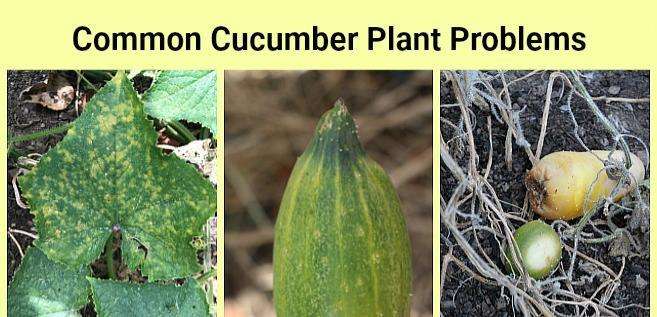
In summary, successfully growing cucumbers requires a combination of careful attention to environmental factors, pest management, and proper cultivation practices. By addressing these common cucumber plant growing problems and implementing the suggested solutions, you can enhance the health and productivity of your cucumber garden.
NEXT READING; Why Cucumber Plant Leaves and Fruits turning Yellow? Causes, Prevention and Fixes.

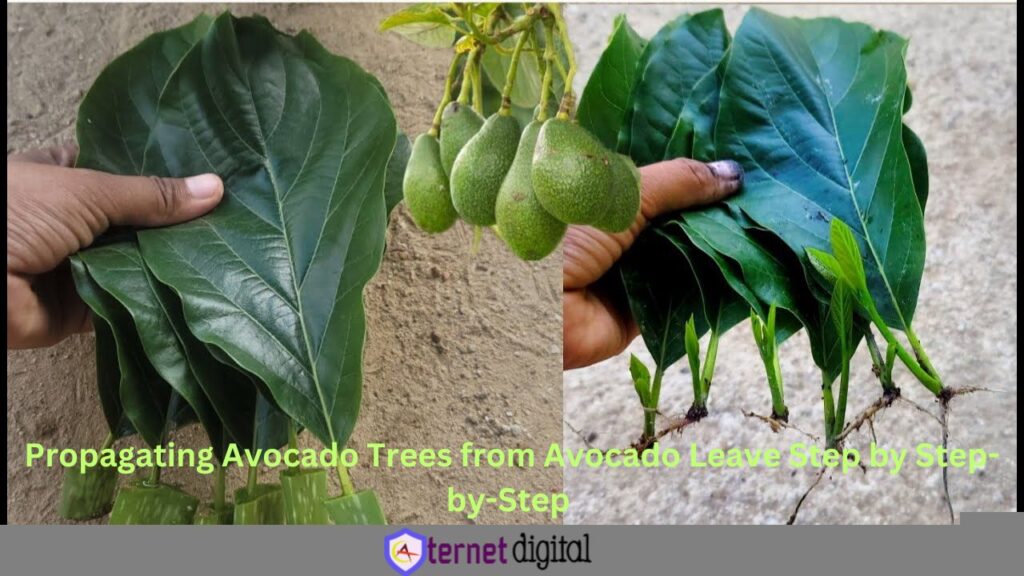
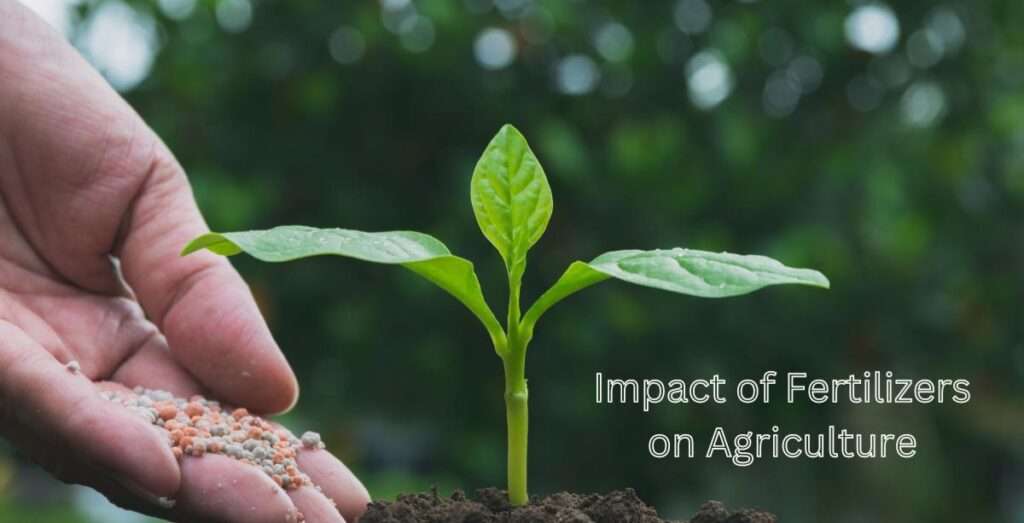
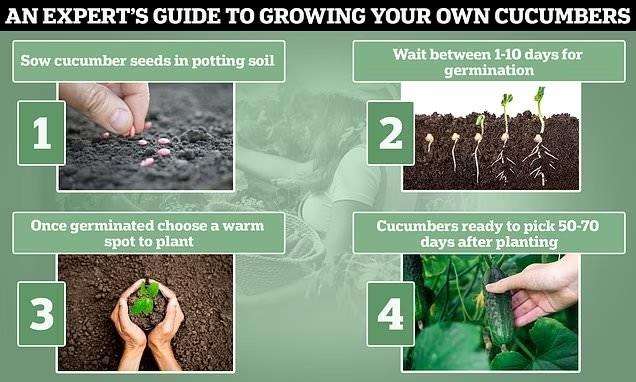


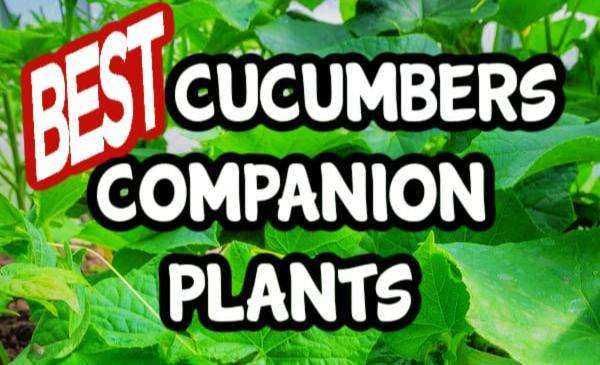
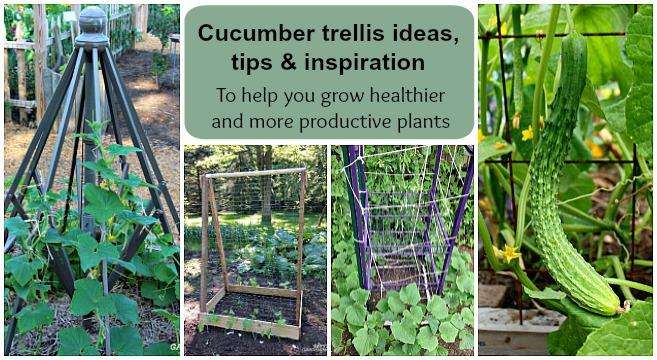
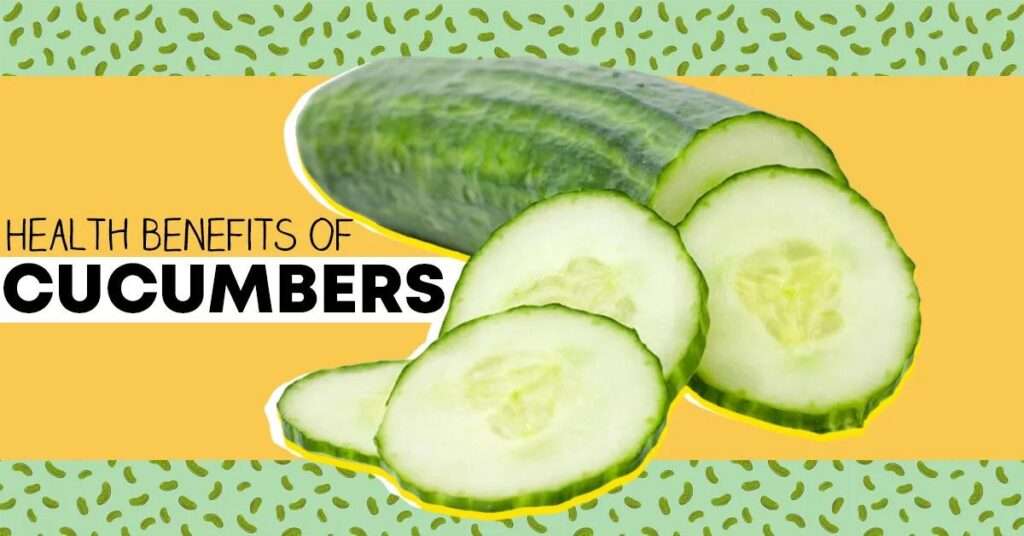

Get medicine info. Comprehensive pill overview.
[url=https://baclofen365n.top/#]lioresal cheap[/url]
Active ingredients listed. Access medication details.